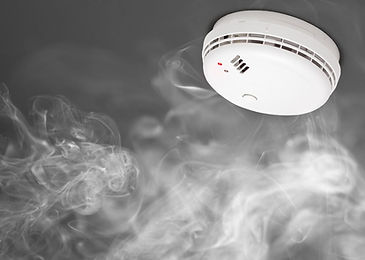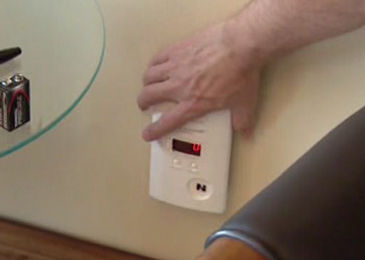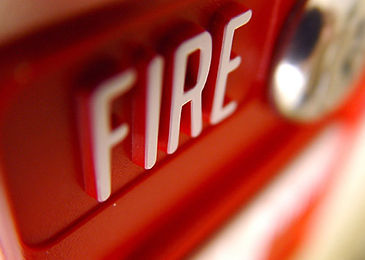
Black Township Fire and Rescue




Knox Rapid Entry Key Boxes:
In Black Township, key boxes/key switches are not required for buildings. However, owners or managers may wish to provide a key box and keys for Fire Department access to the interior of a building especially where locked doors make access to the building difficult. The decision whether or not to provide a key box and keys rests with the building owner or manager except in the following cases:
Key Boxes are IMPORTANT for:
1. Buildings where access to fire protection systems or alarm
systems are hindered due to locked doors preventing access.
2. Buildings with elevator systems that have fire control
capabilities.
Knox Rapid Entry Key Switches:
Gates should not be able to obstruct fire department access. In situations where property owners elect to install electronic gates across a fire department access roadway a key switch must be installed. Additionally, gates installations across all public roadways and across private roadways/driveways, deemed to be a Fire Department access road, that serve single family homes, multiple homes, or complexes are also required to submit plans including specifications, dimensions, location, address, and property owner contact information for review and approval prior to installation.
Order On-line
You may now order your Key Box or Key Switch on-line, directly from the Knox Company. Simply visit the Knox website and select the product you wish to order, enter the zip code of the installation address and confirm that Black Township Fire and Rescue is the jurisdiction you wish your box/switch to be keyed to and lastly submit payment. Fire District approval and signature are no longer required.
More Information
Smoke Detectors:
Smoke alarms that are properly installed and maintained play a vital role in reducing fire deaths and injuries. Having a working smoke alarm cuts the chances of dying in a reported fire in half. Ninety-six percent of all homes have at least one smoke alarm, according to a 2010 telephone survey. Overall, three-quarters of all U.S. homes have at least one working smoke alarm. Almost two-thirds of home fire deaths in 2005-2009 resulted from fires in homes with no smoke alarms or no working smoke alarms. When smoke alarms fail to operate, it is usually because batteries are missing, disconnected or dead. Almost one-quarter of the smoke alarm failures was due to dead batteries Smoke detectors come in different types. There is the standard audible version and there is a light emitting version with bed shaker for deaf and hearing impaired individuals.
Carbon Monoxide Detectors:
Although the popularity of carbon monoxide (CO) alarms has been growing in recent years, it cannot be assumed that everyone is familiar with the hazards of carbon monoxide poisoning in the home.
Often called the silent killer, carbon monoxide is an invisible, odorless, colorless gas created when fuels (such as gasoline, wood, coal, natural gas, propane, oil, and methane) burn
incompletely. In the home, heating and cooking equipment that burn fuel are potential sources of carbon monoxide.
Vehicles or generators running in an attached garage can also produce dangerous levels of carbon monoxide.
Facts & figures:
The dangers of CO exposure depend on a number of variables, including the victim’s health and activity level. Infants, pregnant women, and people with physical conditions that limit their body’s ability to use oxygen (i.e. emphysema, asthma, heart disease) can be more severely affected by lower concentrations of CO than healthy adults would be. A person can be poisoned by a small amount of CO over a longer period of time or by a large amount of CO over a shorter amount of time. In 2010, U.S. fire departments responded to an estimated 80,100 non-fire CO incidents in which carbon monoxide was found, or an average of nine such calls per hour. The number of incidents increased 96 percent from 40,900 incidents reported in 2003. This increase is most likely due to the increased use of CO detectors, which alert people to the presence of CO.
Fire Drills:
Fire Drills are a common practice in schools and businesses. But the question should be asked. Are you doing fire drills at home?
Children are taught in fire prevention every year in October to have an escape route and a meeting point outside where the whole family will gather, but what good is it to know these things if we do not perform them often. A good rule of thumb should be two fire drills a year at home at different times of the day.
Maybe one during daylight and one a night. The reasoning for this is to get the child acclimated
with being awoken at night and having to act on the escape plan instead of panicking and
hiding in the home.